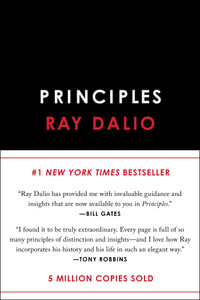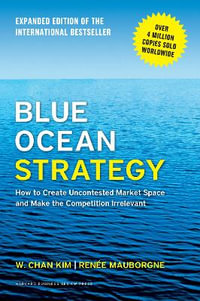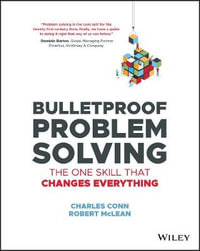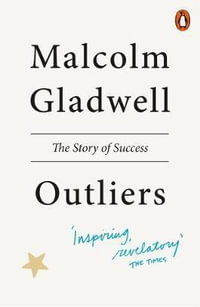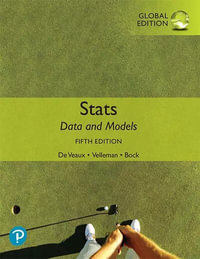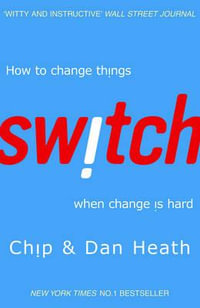Chapter 1: Waste Permeates Supply Chains Everywhere!
My Background
Chapter 2: The 8 Wastes of Forecasting
Defects
Overproduction
Extra processing
Inventory
Transportation
Under-utilized people
Motion
Waiting
Chapter Summary
Chapter 3: A Cautionary Tale
Night of the Long Knives
3X Forecast Increase
Mothers' Day Flowers
Forecasts Are Important
Chapter 4: Balancing Demand and Supply
Demand Planning
Supply Planning
Capacity Planning
Strategic Planning
Sales and Operations Planning (S&OP)
Master Production Schedule (MPS)
Material Requirements Planning (MRP)
Chapter Summary
Chapter 5: Adding Value Not Waste
Excessive Meddling
Forecast Value Added (FVA)
Arbitrary Targets
Demand Volatility
Demand Shaping
Chapter Summary
Chapter 6: Which Items to Forecast
When Less Is More
Convert Independent To Dependent Demand
Assemble to Order (ATO)
Pull versus Push
Aggregation/Disaggregation
Chapter Summary
Chapter 7: Focus on Less!
ABC Item Stratification
Detailed Forecast Time Fence
Chapter Summary
Chapter 8: Select the Right Forecast Strategy
Demand Volatility
Demand Volume
High Variance, High Volume
High Demand, Low Variation
Low Demand High Variation
Low Demand, Low Variation
Chapter Summary
Chapter 9: Executing the Forecast Strategy
Market Intelligence
Opportunities/Risks
Collaboration
Forecast Unit of Measure
Volume versus Mix
Intervals
Time Horizon
Constrained versus Unconstrained Forecast
Multiple Demand Sources
Chapter Summary
Chapter 10: Balancing Forecasted and Actual Demand
Demand Control
Available to Promise (ATP)
Capable to Promise (CTP)
Forecast Consumption
Customer Order Dates
Chapter Summary
Chapter 11: Forecast Accuracy
Forecast Offset
Forecast Accuracy Calculation
Mean Absolute Percent Error (MAPE)
What is a good MAPE?
Improving MAPE
How to convert forecast inaccuracy data to safety stock levels
Chapter Summary
Chapter 12: Forecast Bias
Target Practice
Positive Bias
Negative Bias
How do we calculate forecast bias?
Removing Bias
Chapter Summary
Chapter 13: Optimizing Forecast Software
Garbage In, Garbage Out (GIGO)
User Requirements
Organizational Commitment
A Better Approach
Abnormal Demand
Forecast Consumption Rules
Available to Promise (ATP)
Minimum Remaining Shelf Life (MRSL)
Dynamic Safety Stock
Multiple Series
Chapter Summary
Chapter 14: Case Study
Background
Define Excellence
Mine the Gaps
Chapter 15: Recap
Defects
Overproduction
Extra Processing
Inventory
Transportation
Underutilized People
Motion
Waiting
Epilogue
Competitive Advantage
10 Takeaways
Recommended Reading
Acknowledgements
Index
Index By Waste
Defects
Over Production
Extra Processing
Inventory
Transportation
Under-utilized People
Motion
Waiting

